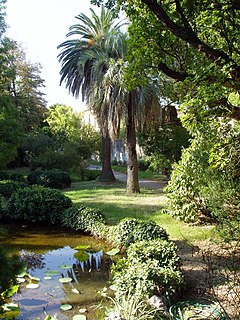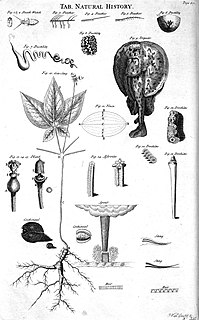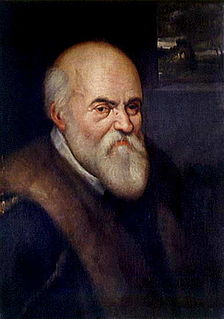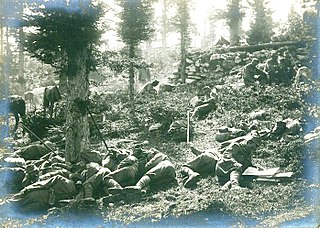The Civico Orto Botanico "Ulisse Aldrovandi", also known as Civico Giardino Botanico "Ulisse Aldrovandi", is a municipal botanical garden located at Vicolo Baciadonne 1 I-40017 San Giovanni in Persiceto, Emilia-Romagna, Italy.

A botanical garden or botanic garden is a garden dedicated to the collection, cultivation, preservation and display of a wide range of plants labelled with their botanical names. It may contain specialist plant collections such as cacti and other succulent plants, herb gardens, plants from particular parts of the world, and so on; there may be greenhouses, shadehouses, again with special collections such as tropical plants, alpine plants, or other exotic plants. Visitor services at a botanical garden might include tours, educational displays, art exhibitions, book rooms, open-air theatrical and musical performances, and other entertainment.

San Giovanni in Persiceto is a town and comune in the Metropolitan City of Bologna, northern Italy.

Emilia-Romagna is an administrative region of Northeast Italy comprising the historical regions of Emilia and Romagna. Its capital is Bologna. It has an area of 22,446 km2 (8,666 sq mi), and about 4.4 million inhabitants.
The garden was established in 1985, and named in honor of celebrated natural historian Ulisse Aldrovandi. It now contains about 300 types of plants local to the Po Valley and Emilia-Romagna, as well as an astronomical observatory, planetarium, museum with collection of meteorites and other stones, all of which form part of the Museo del Cielo e della Terra.

Natural history is a domain of inquiry involving organisms including animals, fungi and plants in their environment; leaning more towards observational than experimental methods of study. A person who studies natural history is called a naturalist or natural historian.

Ulisse Aldrovandi was an Italian naturalist, the moving force behind Bologna's botanical garden, one of the first in Europe. Carl Linnaeus and the comte de Buffon reckoned him the father of natural history studies. He is usually referred to, especially in older literature, as Aldrovandus; his name in Italian is equally given as Aldroandi.

The Po Valley, Po Plain, Plain of the Po, or Padan Plain is a major geographical feature of Northern Italy. It extends approximately 650 km (400 mi) in an east-west direction, with an area of 46,000 square kilometres (18,000 sq mi) including its Venetic extension not actually related to the Po river basin; it runs from the Western Alps to the Adriatic Sea. The flatlands of Veneto and Friuli are often considered apart since they do not drain into the Po, but they effectively combine into an unbroken plain.





